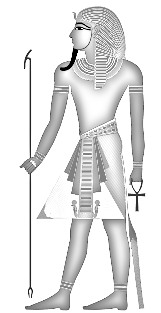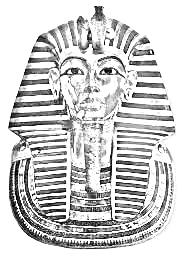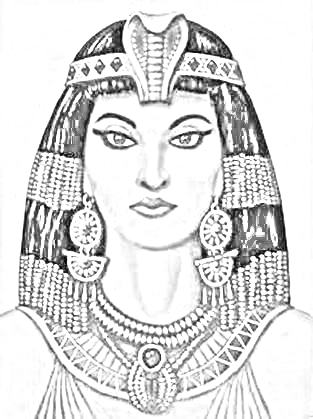Talking about the ancient world and the first civilizations, we can meet the term Pharaoh, often used when we talk about ancient Egypt and the famous Pyramids. But what does that term means? Is that something significant? Let's find out.
The monarchs or kings of Egypt were called Pharaohs. This is a specific name for a ruler that can only be found in Egyptian culture. The word "pharaoh" (meaning "big house") has not always referred to a person - a king or a monarch. Actually, in the past, this term was associated with the palaces and court buildings of Egypt. Later the meaning of pharaoh became: an Egyptian ruler, monarch, or king, as we also know today.
Pharaoh has had more roles at that time. Because religion was very important in Egypt, the pharaohs were in a way mediators between humans and gods. They have also participated in religious rituals, they have been selecting places where new temples were to be built, and the like.
Apart from their religious role, they have enacted laws, established and collected taxes, were responsible for defending the country if it was attacked, or were to issue orders for an attack to gain resources.
Until the Egyptian state was united, there were two separate states, Upper and Lower Egypt. There were two different crowns representing the kingdoms. The "Red Crown" represented the kingdom of Lower Egypt, while the "White Crown" represented the kings of the Kingdom of Upper Egypt. Later on, when the two kingdoms merge, the pharaoh's crown is a combination of these two colors or crowns.

The pharaohs have a distinctive look that is quite recognizable today.
Pharaohs wore a half-pleated kilt, with a pleated section drawn to the front. The pharaohs also wore leopard skins over their shoulders and a lion's tail hanging from their belt that represents the power they had. On their heads, they wore the nemes headdresses (nemes were pieces of striped headcloth). Pharaohs wore leather or decorative sandals for special occasions. Jewelry is widely used in the pharaohs. Jewelry was an important part of their culture and it was precious and voluminous.
The belief that there is life after death is characteristic of religion in Egypt. The pharaohs believed that their life would continue after their death, so they built their tombs, the majestic pyramids, while alive. After their death, the pharaohs have been mummified, and have been buried in tombs, together with objects that were important to them. Mummification was a necessary process in order to preserve the body for the afterlife. Inside the pyramids, there were tombs for the pharaoh's loved ones, relatives, and servants, so life after death would be much more comfortable for them.
Today's list of pharaohs is 170. Most of the pharaohs were men, but there were also women pharaohs.
Egyptologists, that are people who study Egyptian culture, refer to Narmer (sometimes called Menes), who united Lower Egypt and Upper Egypt, as the first pharaoh.

The mask of Tutankhamun

Cleopatra VII